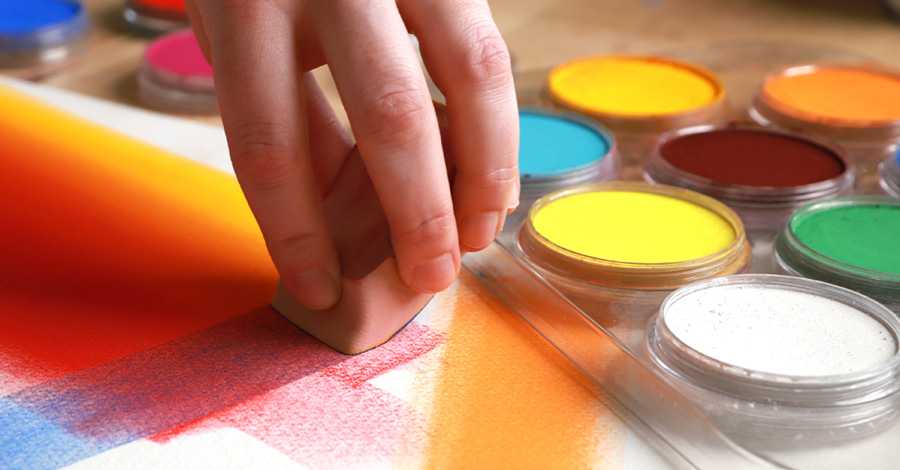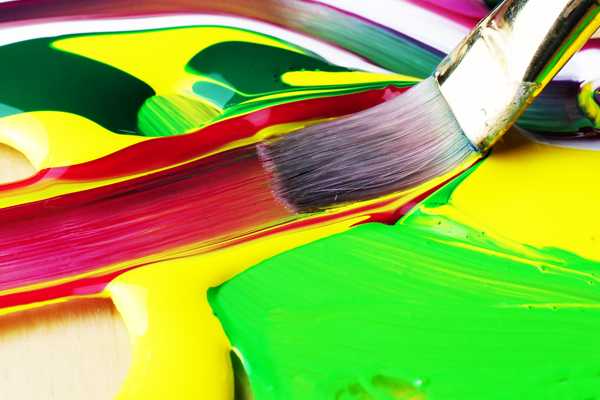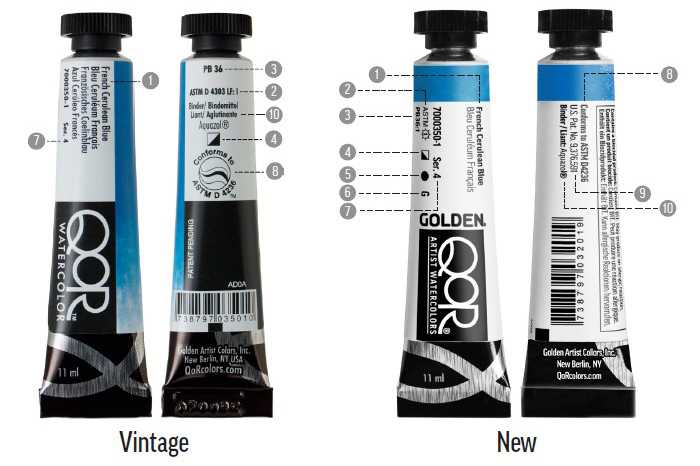New Water Reclamation ProcessBy Ben Gavett We have made a significant advancement, just this past summer, in our efforts to achieve greater recycling of our precious water resources. We installed a Reverse Osmosis (RO) filtering system that allows us to reuse over two-thirds of our cleaning water each day. While not the endpoint of the zero discharge future we envision, it is a giant innovative step forward. These goals have been pursued over years, through research, testing and financial support from the Environmental Services Unit of the New York State Department of Economic Development. Our wastewater treatment process still begins with a primary step where the murky wash water is flocculated and filtered to remove solids, resulting in a sludge comprised of acrylic, pigments, and diatomaceous earth filter media. The filtrate from this is remarkably clear, but is not clean. High levels of dissolved organic molecules remain. These are the remnants of the complex array of raw materials needed to produce acrylic paint, and include surfactants, glycols, and preservatives; all invisible but measurable in units of Biological and Chemical Oxygen Demand (BOD/COD). After this primary filtration, the water looks clean enough to reuse for cleaning, but isn't, because a significant amount of skin contact and inhalation of water mist is typical in washing the paint-making equipment. Instead, our practice has been to send all of this water, via tanker truck, to the city treatment works 20 miles distant, where the BOD/COD is eliminated through aerobic and anaerobic bacterial degradation. Using reverse osmosis to further filter the water allows us to concentrate the impurities and recover about 70 percent of the water for reuse, proportionately reducing the fuel needed for transportation, as well as the resultant diesel exhaust, taking a moderate bite out of our carbon footprint. It also directly decreases our groundwater withdrawals by the amount we are able to reuse due to this new filtration step. Our current level of performance in this area has been achieved through a process of innovative problem solving. But unlike making a new product for delighting our customer, the goal of this effort is to recognize the responsibility of every business…of every person…to view their impact in a much larger context and to make a change. We realize that we still have many opportunities ahead to achieve greater environmental stewardship, but through a steady commitment, focus and innovation we will continue to make a difference. |
Water Reclamation Process in Golden Manufacturing
You Might Also Like

Are PanPastel Colors Nontoxic?
A brief overview of the health and safety considerations when using PanPastel.

Health and Safety FAQ's
Our most commonly asked questions, answered additional resources and information for artists.

QoR Labels Explained
The meaning behind the symbols and terminology found on QoR Artist Watercolors package labeling.


